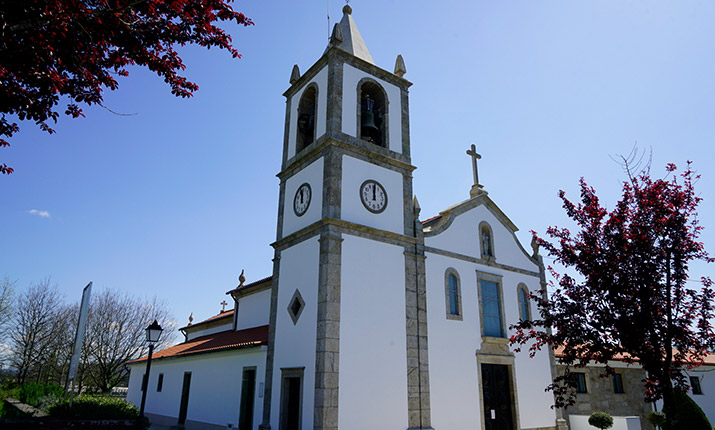
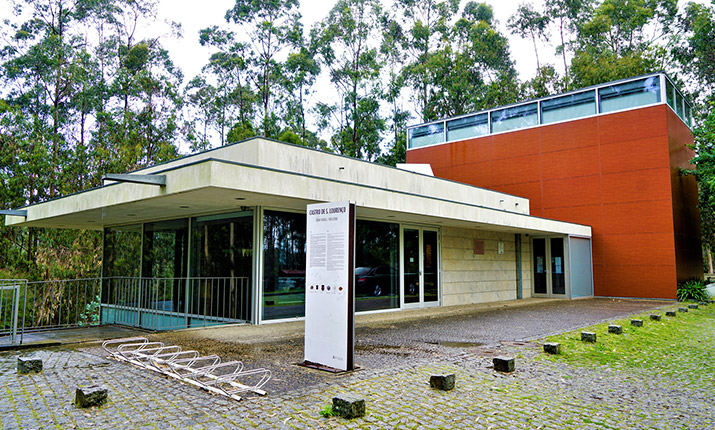
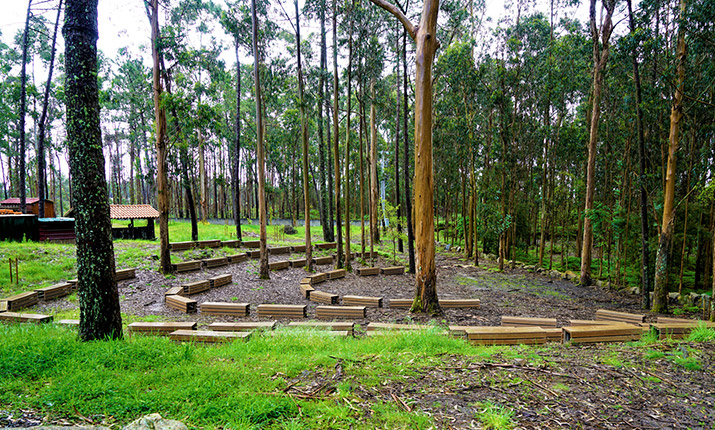

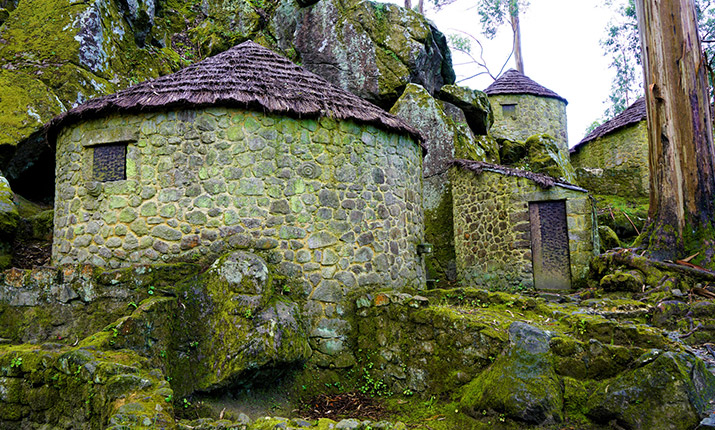
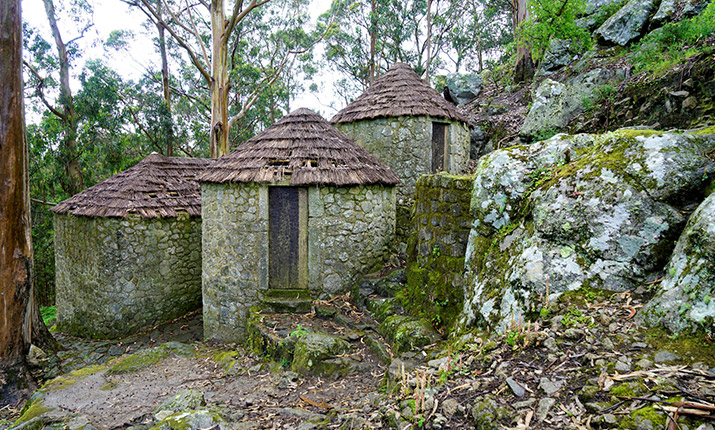
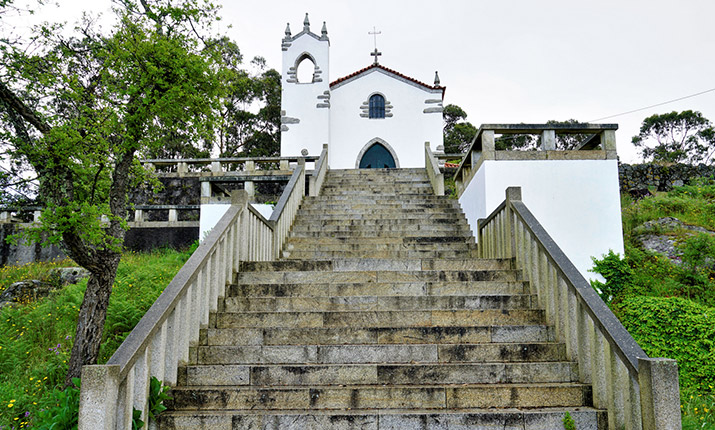
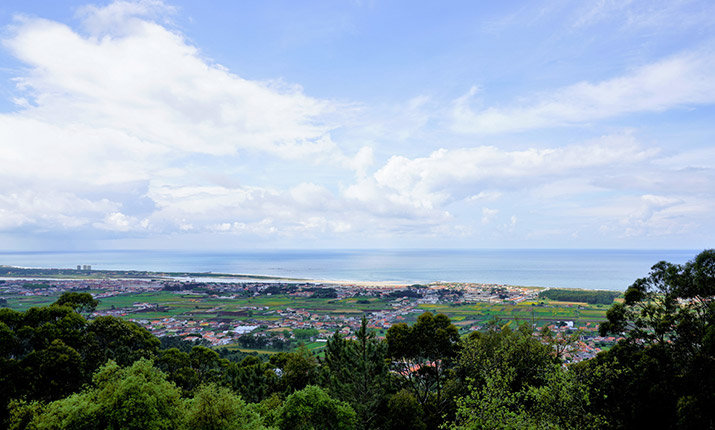
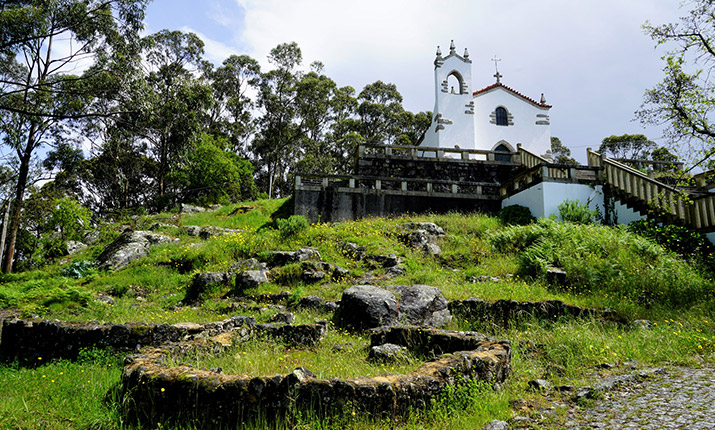
Vila Chã
To learn more about Monte de S.Lourenço and interpret all the geographical and archaeological area of the municipality, we should visit the Interpretation Centre of São Lourenço, a cultural center holding exhibitions and services. From the Interpretation Centre, visitors can set out to discover the local history, with visits to the "Castro" (hill fort) of S.Lourenço, as well as the remaining historical and archaeological heritage of Esposende, with particular emphasis on the archaeological wealth of the plateau of Vila Chã. The two exhibition areas of the Interpretation Centre establish a connection between the past, present, and future. The Centre features topics such as the evolution of territory and man, stimulates the discovery of the modus vivendi of 2000 years ago, namely animals and plants used by the Galicians, and awakens the value of Archaeology through the exhibition of objects of ancient human occupation.
The S. Lourenço Hill Fort was built by Iron Age peoples on top of one of the elevations of the fossil cliff - a rocky chain that lies parallel to the line of the Atlantic coast. The mount where the Hill Fort is set underwent Christianisation - quite common in monuments of this nature - through the construction of a chapel in the ancient acropolis, the Chapel of S. Lourenço. The old buildings of the settlement were destroyed over the centuries (a large part of their original extent), mainly due to stone exploration and ground leveling. Still, we can have an idea of what the settlement would be like at the time of its construction: it was protected by two ramparts, and the original sub-circular dwellings occupied the rocky ledges of the cliff.
Romanisation brought the rectangular shape of the dwellings, tegula (Roman roof tile), Roman ceramics produced in distant places, and coins. In fact, we were able to identify a Roman treasure of nineteen silver coins of the Republican era, and a Constantine coin from the 4th century AD. This latter finding proves the use of the settlement at a later stage, around the mid-first millennium.
Reaching the top is not an easy task, but by car, we hardly notice the ascent. However, less than half a century ago, it meant for many a three-kilometer ascent, which did not prevent the people of the neighborhood from coming to S.Lourenço since at least the 16th century (last information known on this chapel).
In the vicinity of the Hill Fort, we will find the Chapel of S. Lourenço, where we can admire the scenery from the viewpoint. The current chapel, built in the 1940s, replaced another much older temple, probably dating to the 15th or 16th century. This is a rectangular and simple temple with the facade facing west, with two sacristies and a bell tower on the western facade. The promises that devotees come here to fulfill relate to maladies of the head, teeth and of therapeutic nature.
The viewpoint of S.Lourenço is a privileged place since it overlooks a great part of the town! This is one of the highest points of the fossil cliff - this cluster of rocks that separate the coastal plain from the first reliefs on the eastern side. Towards the sea, we can extend the view up to Esposende and Fão, and, if the Atlantic mist does not impair our vision, we can see the famous "Horses of Fão" - always whipped by the waves, and covered in white foam when the sea is more agitated. If we look towards inland, to the line marked by the Cávado River, we realize its sinuous and fertile passage through the fields, proving them with life and freshness. A little further, we can see the windmills of S. Félix. Nearby, there is another hilltop as the one where we are now, Monte de Faro. Nevertheless, the landscape to the east also has its charms. For more than three dozen kilometers, if the weather is in our favor, we can distinguish a great part of the topography of this side of Minho up to Sameiro in Braga. Towards the north, another high point, we see another fossil cliff promontory, Monte do Facho.
The tumulus or Dolmen of Rapído lies next to the municipal road linking the parish of Vila Chã to Antas. It is inserted in a megalithic set formed by three tumuli. This monument consists of an earth mound covering a well maintained and very modest dolmen. It is comprised of a small burial chamber, defined by nine orthostats with a rather low passage, which still presents the two horizontal stone slabs on top. Some orthostats display some traces of rock engravings. This monument dates to the 3rd millennium BC and was built by people who were mainly devoted to herding activities. The dolmens or portal tombs were the deposition site of the dead.
These monuments had a burial chamber formed by megaliths - orthostats - vertically placed or attached, covered by large stone slabs. Then, the whole set was covered with earth, forming a flattened dome. In addition, this mound, also called "tumulus", was often covered with small stones - known as "cuirass".
The tumulus or Dolmen of Portelagem is one of the monuments of the Portuguese north coast that is most often referenced in specialized literature. It presents a burial chamber composed of nine granite orthostats and part of the horizontal slab. It holds the remains of a small passage, and there are small stones from the counterfort surrounding the walls of the chamber that are still visible. The monument also reveals faint traces of rock engravings. Regarding its remains, it is worth mentioning a ceramic vase and several arrowheads and flint knives.
